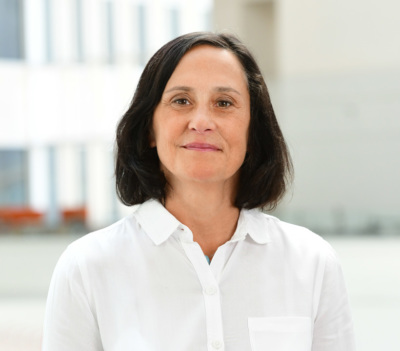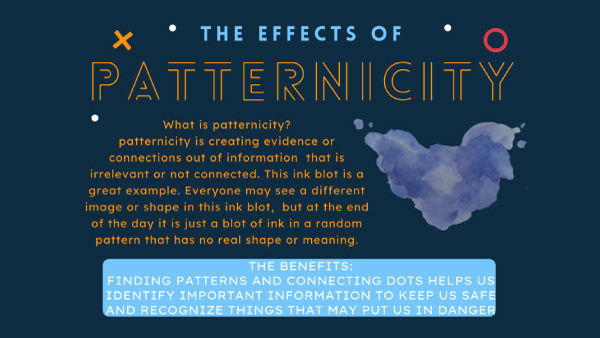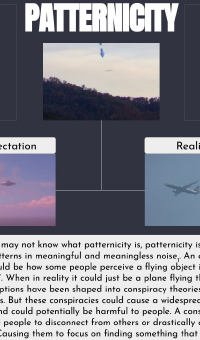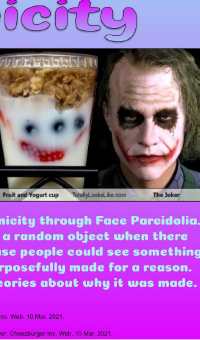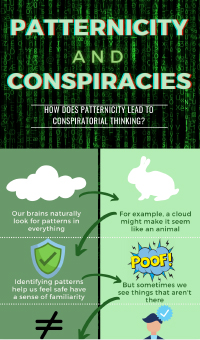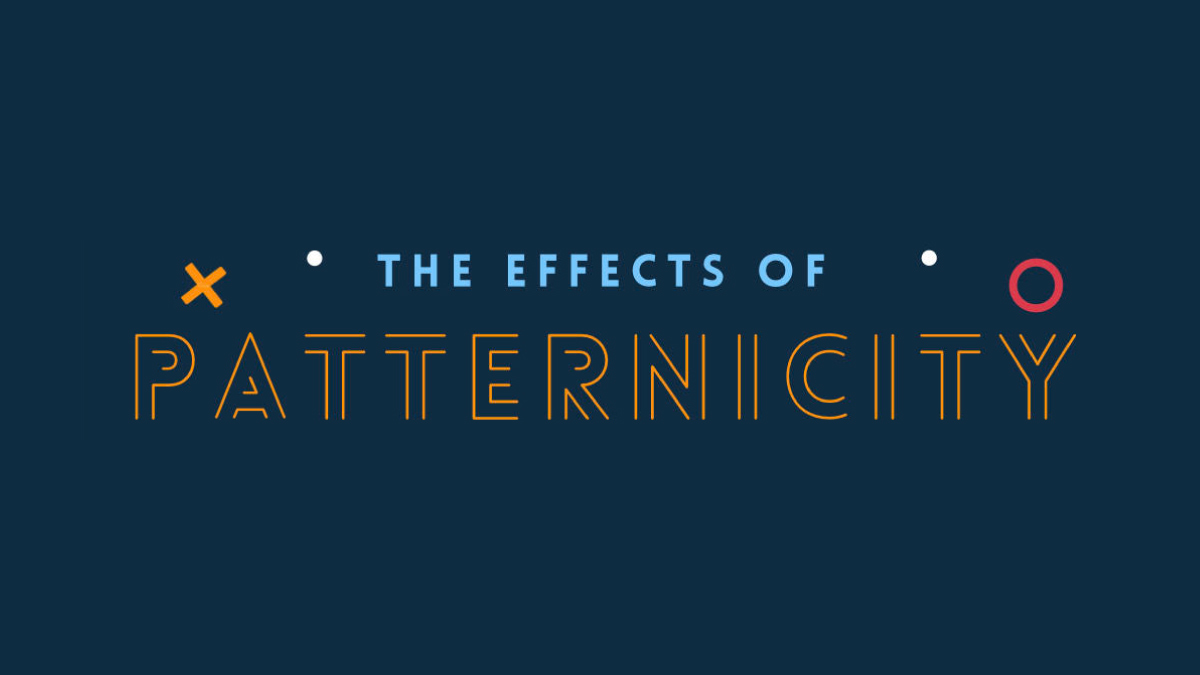
Patternicity contest demonstrates mastery of key concept
Our brains are built to look for patterns, and we tend to see them everywhere. We look up at a cloud and see the shape of a cat. Or we recognize the outline of a face in a puddle.
Patternicity is the term for this tendency to perceive meaningful patterns and connections among unrelated events. It’s often a harmless diversion. However, it can be used to support a belief that is otherwise lacking in evidence, like a conspiracy theory.
NLP created a contest to measure Checkology® students’ understanding of patternicity — an important news literacy concept. Students submitted a poster or infographic explaining the dangers of creating or believing false evidence rooted in patternicity.
Grace Bradley of Missouri won NLP’s first patternicity contest. The senior is a student in Nicole Cusick’s English class at Lee’s Summit West High School. Cusick taught patternicity in her media studies course as part of a segment on conspiratorial thinking. The course asks students to seriously evaluate media consumption and media’s role in society.
“When I saw the contest, I originally thought it would be a fun way to learn about conspiracy theories. After a closer look, I thought it would be a perfect way to have an authentic assessment of their learning about how conspiratorial thinking develops and the impact it can have on us and our society,” Cusick says.
Clear definition of patternicity
Kim Bowman, NLP’s user success associate, says Grace’s entry offered a clear definition of what patternicity is and why we tend to look for patterns. “Grace skillfully explained the dangers of this illusory perception (when it leads to conspiratorial thinking) using topical examples. In addition to being very informative, the final product was creative and unique with both the layout and images.”
“It was such a fun assignment and project, and I’m so proud of my infographic, so I’m really happy I won,” Grace says.
She also enjoyed using Checkology to study news literacy. For example, she likes the ease of use, ability to learn at her own pace and relevancy of the lessons. “I like how much effort they have put in to making it more interesting and interactive as well. They’re really moving with the times. Everything is tailored to high school students, and it really shows,” says Grace.
And the contest itself motivated students, Cusick says. The recognition helped them see the payoff from their hard work. It also gave students a new perspective about what they learn and why. “They are seeing how the skills of my English classroom are applicable to their lives outside of the classroom as well,” she says.
Click image thumbnails above to view the full posters created by Gabby Reynolds, Noah Stice and Miyabi Schroth (left to right).
The patternicity contest runners-up included two of Grace’s classmates: Gabby Reynolds and Noah Stice. Miyabi Schroth of Berkeley, California, is the other runner-up. Schroth is a student in teacher-librarian Melanie Ford’s class at Longfellow Arts and Technology Middle School, where the eighth-grader is also a library assistant.
Grace and Cusick will receive an assortment of NLP-branded swag in recognition of their work.
